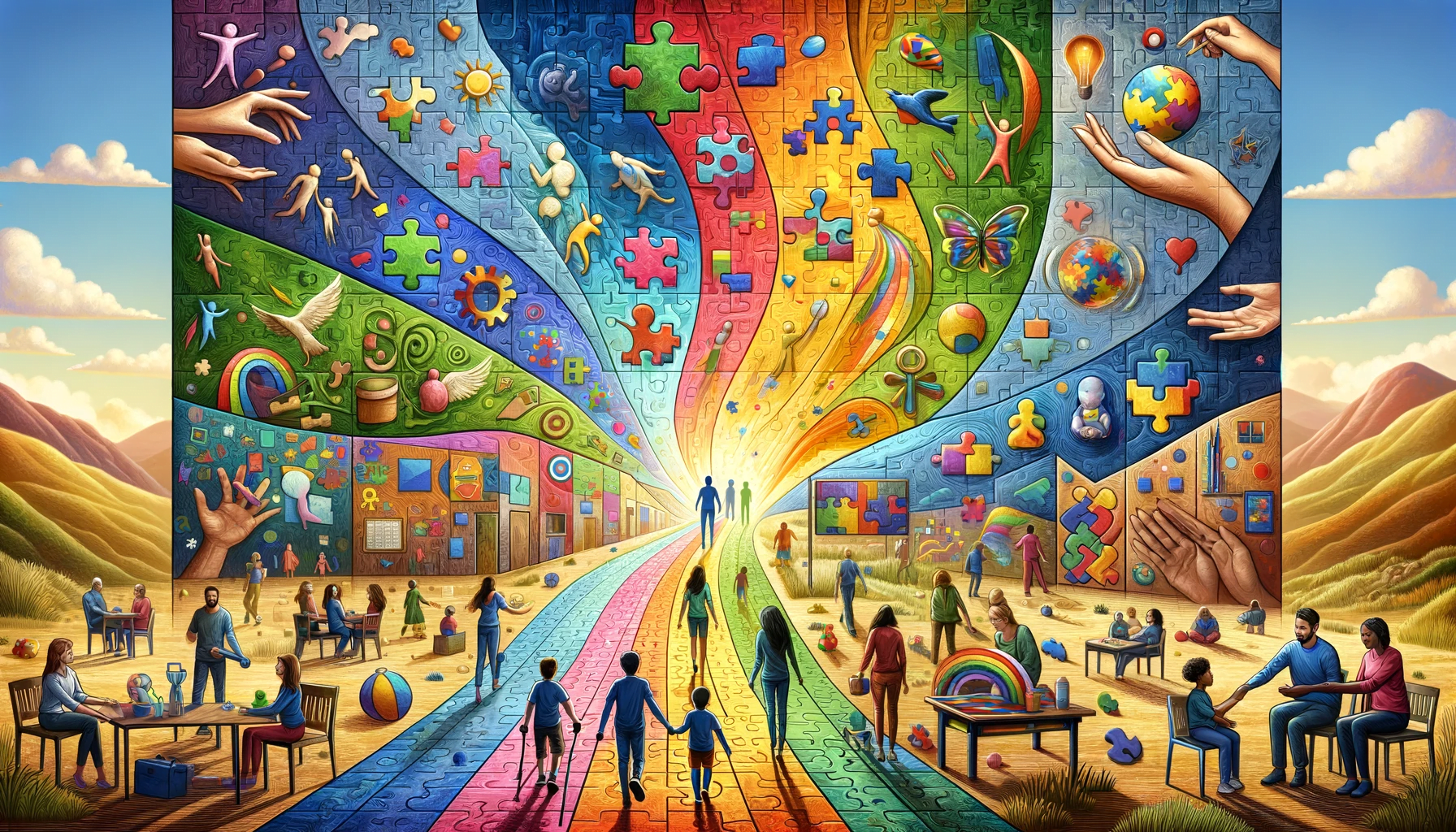Introduction:
Autism Spectrum Disorder (ASD) is a developmental disorder affecting communication and behavior. This article provides insights into ASD, its characteristics, and approaches to support and empowerment.
What is ASD?
ASD is a complex developmental condition involving persistent challenges in social interaction, speech, nonverbal communication, and restricted/repetitive behaviors. The effects of ASD and the severity of symptoms are different in each person.
Symptoms of ASD:
Symptoms usually appear by age 2 or 3. Some early signs are:
- Lack of or delay in spoken language
- Little eye contact
- Limited interest in peer relationships
- Repetitive use of language or motor mannerisms
- Persistent fixation on parts of objects
Causes:
There’s no single cause for ASD. Current research suggests that genetics and environment play a role.
Treatment and Support:
- Behavioral Therapies: Improve communication, social skills, and more.
- Educational Therapies: Specialized programs meet educational needs.
- Family Therapies: Support families in understanding and helping their child.
- Medication: Manage high energy levels, inability to focus, or depression.
Living with ASD:
Understanding and support are key. With the right therapies and educational strategies, many individuals with ASD live full, productive lives.
Seeking Help:
Early diagnosis and intervention are crucial. If concerned about a child’s development, consult healthcare providers immediately.

Leave a Reply